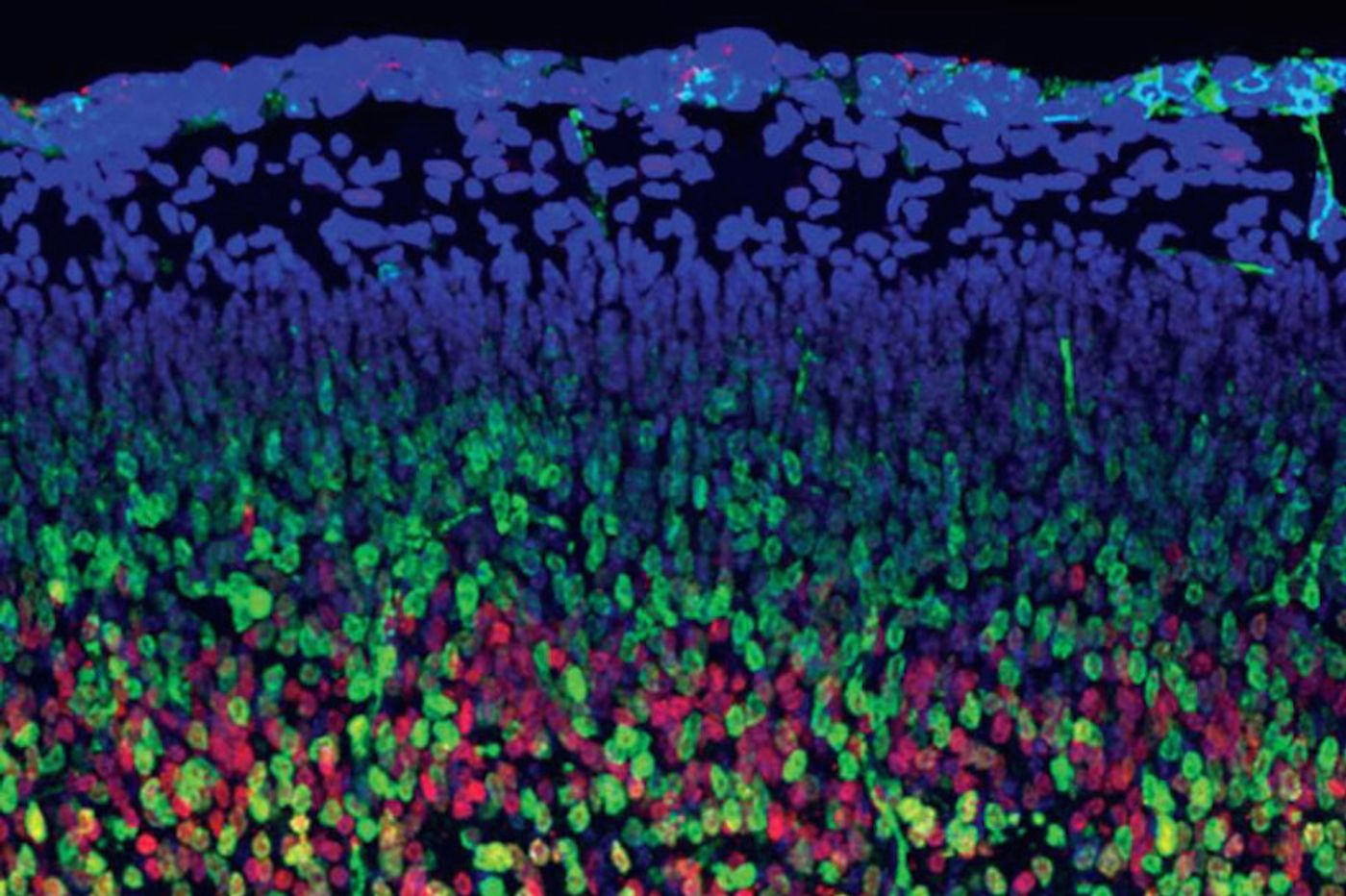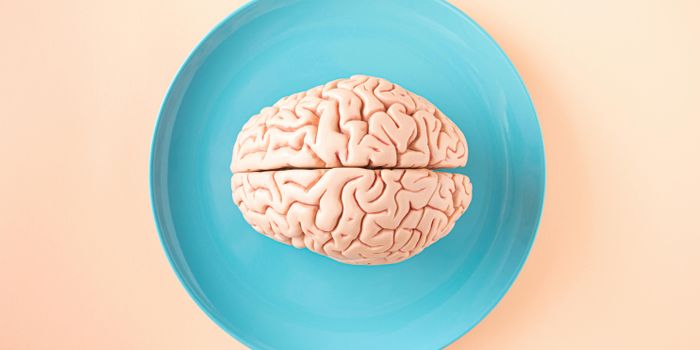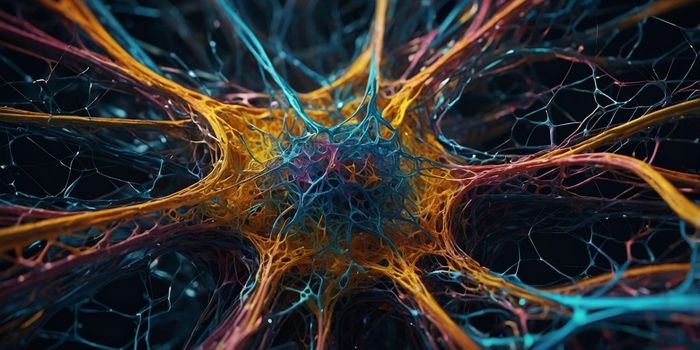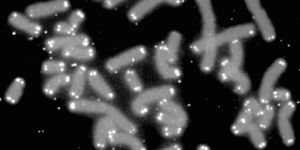Complex brain disorders, such as autism or schizophrenia, still puzzle scientists because their causes lie hidden in early events of brain development, which are still poorly understood. This is about to change thanks to research by University of Toronto Professors Ben Blencowe and Sabine Cordes, who have developed a powerful model that will allow researchers to better understand the physiology behind many disorders.
Blencowe and Cordes joined forces to create a mouse model that lacks the nSR100 gene (also known as SRRM4), which is important for brain development. They found that brains of mutant mice had many defects, including faulty neuron formation and brain wiring. Blencowe is a Professor in the University of Toronto's Donnelly Centre and Cordes is an Associate Professor in the Department of Molecular Genetics and Senior Investigator at the Mount Sinai Hospital's Lunenfeld-Tanenbaum Research Institute. The results are published in the journal Genes & Development.

nSR100 regulates the process by which proteins, the cell's workhorses, are built in the brain. Proteins are made based on a blueprint in the DNA sequence of genes. But it is not quite so simple. Genes are divided into protein coding parts, called exons, separated by non-coding spacers, called introns. To make a protein, the cell uses only exons, which are cut and pasted together in a process known as "splicing." What's more, these exons can be shuffled like LEGO blocks to make slightly different proteins from a single gene and nSR100 is a key regulator of this process in the brain.
nSR100 is able to control the splicing and shuffling of tiny gene snippets, called microexons. Microexons code for very small bits of proteins, adding specks of material to protein surfaces that help them stick together. This is how proteins work; they come together as teams to, for example, help organize neurons into different parts of the brain and into neural networks.
Microexons may be small, but they are mighty. Recent work from the Blencowe lab showed that brains of people with autism had lower levels of nSR100 that correlated with defective splicing of microexons. This meant that their proteins couldn't be made properly, but how this could lead to changes in the brain wasn't clear.
To answer this question, Mathieu Quesnel-Vallieres, a graduate student jointly supervised by Blencowe and Cordes and the lead author of the study, removed the nSR100 gene altogether from mice to see what happens to their brains during development.
The researchers found that most of the mice lacking the nSR100 gene died early, while those that survived had tremors. Upon close examination, their brains showed many errors in neuron formation and wiring.
For example, cortical neurons that lacked the nSR100 gene made shorter processes. Neuronal processes are key to neuronal function; they're like cables that connect neurons together to facilitate communication.
In addition, the cortical neurons looked similar to those found in people with autism and schizophrenia.
"The study is confirming in a whole animal model that nSR100 is very important for multiple neurodevelopmental processes. Our mutant mouse has potential for modeling neurological disorders in humans," says Blencowe.
Looking into the future, Cordes believes that measuring nSR100 levels, whose deficit has been linked to autism, may be used to diagnose the disorder in newborns. These children could then undergo early intervention therapy that could significantly improve their social and behavioral outcomes.
Blencowe and Cordes are also trying to figure out what makes nSR100 levels drop in people with autism. If they could bring it back to normal, this could potentially lead to a future treatment.
(Source: Science Daily)
Follow Will Hector @WriteCompassion









